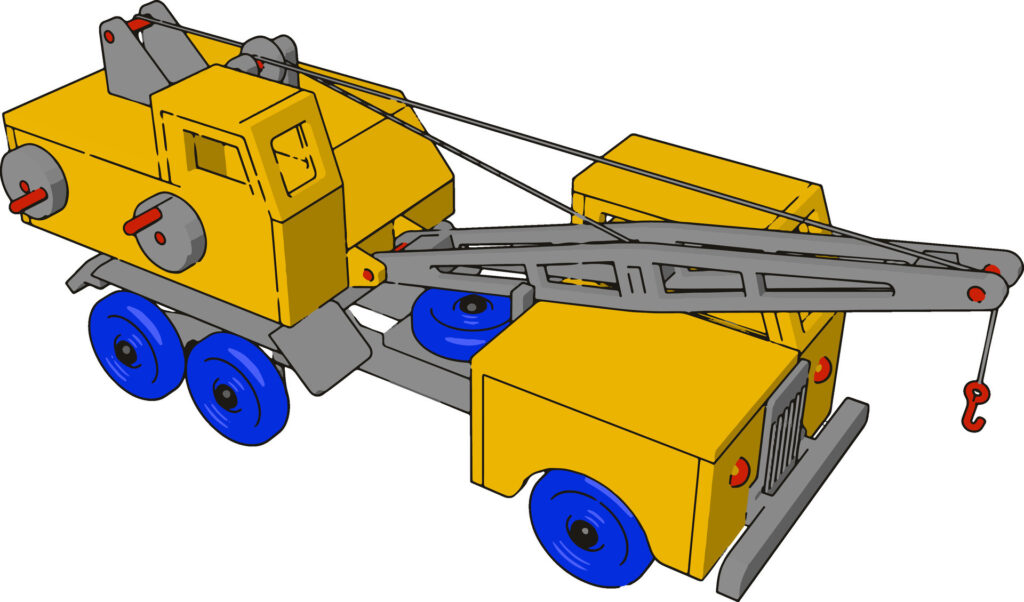Creating toys with moving parts using CAD (Computer-Aided Design) has revolutionized the toy industry, allowing for more intricate and innovative designs than ever before. These toys, which include vehicles, robots, and action figures, require precise mechanisms to function smoothly and safely. CAD tools provide the necessary platform to design and test these moving parts, ensuring that the final product is both functional and engaging for children. Understanding how to make toys with moving parts using CAD is essential for any toy designer looking to create dynamic and interactive toys.
One of the key benefits of using CAD for toy development is the ability to visualize and modify designs in real-time. This iterative process allows designers to test different mechanisms and ensure that the moving parts function as intended. Additionally, CAD tools enable designers to create detailed and accurate models that can be easily translated into production-ready designs. This is particularly important for toys with complex moving parts, as it ensures that the final product is both safe and durable.
Another important aspect of creating toys with moving parts is the use of 3D printing technology. By learning how to design toys for 3D printing, designers can create prototypes quickly and cost-effectively, allowing for faster iteration and testing. This technology is particularly useful for small-scale production runs and custom toy designs. Shapr3D for 3D printing toys offers an intuitive interface that makes it accessible to designers of all skill levels, ensuring that their creations are not only visually appealing but also functional.
Moreover, CAD tools play a crucial role in the mass production of toys with moving parts. Modeling toys for mass production requires careful consideration of materials, manufacturing techniques, and assembly processes. CAD software provides the tools necessary to optimize designs for mass production, ensuring that the final product is both cost-effective and high-quality. By leveraging 3D CAD for toy manufacturers, designers can ensure that their toys are produced with consistency and precision, reducing the risk of defects and ensuring a high-quality final product.

